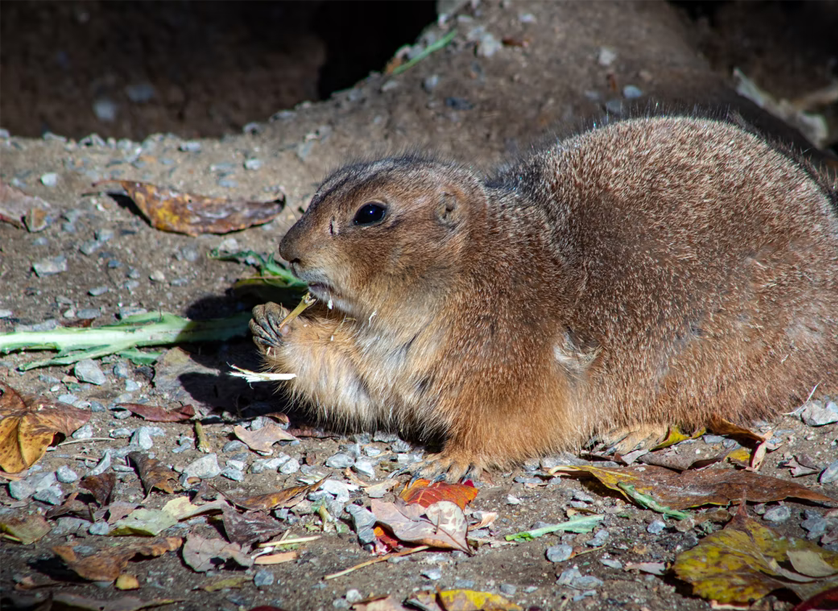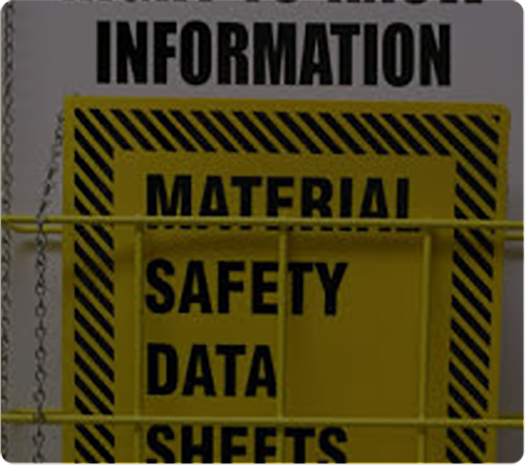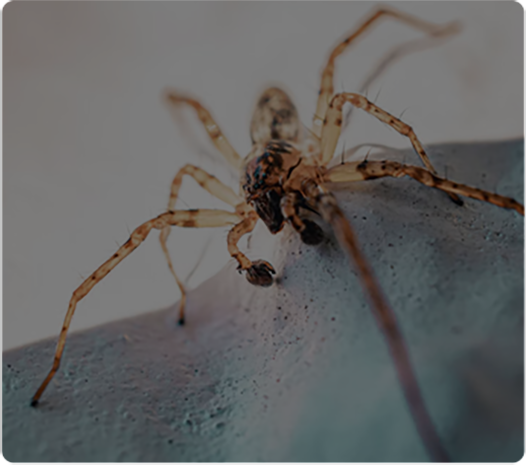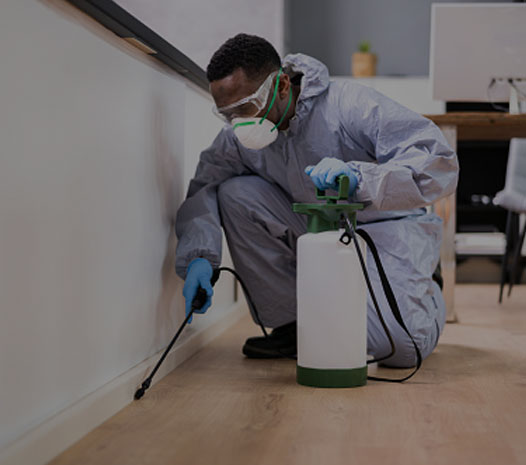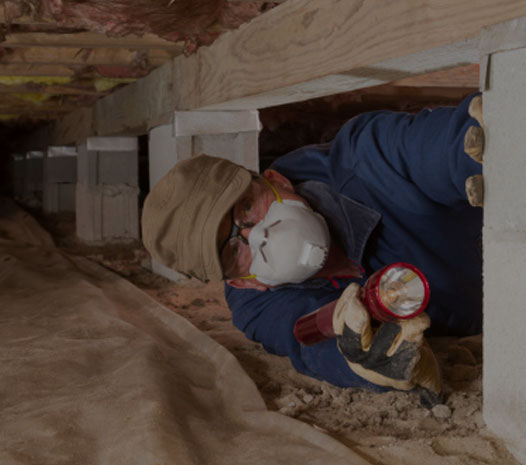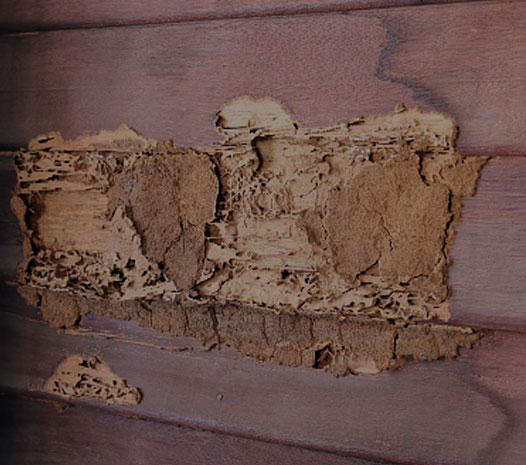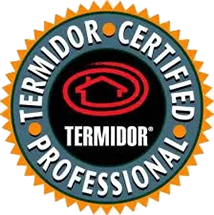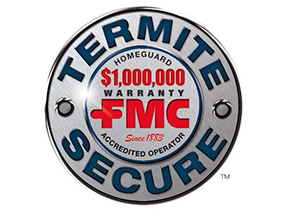Rat Pest Control
We have extensive skills, knowledge, and experience about rat pest control and that is why we can deliver the best pest control for rats. Our team is known for delivering cost-effective rat control in Sydney. Learn more about rats so you have a better understanding about rat pest control.
The four major pest species in Australia are:
- Norway Rat
- Roof Rat
- House Mouse
- Field Mouse
These animals are well adapted to living in very close association with humans, sharing their food and shelter.
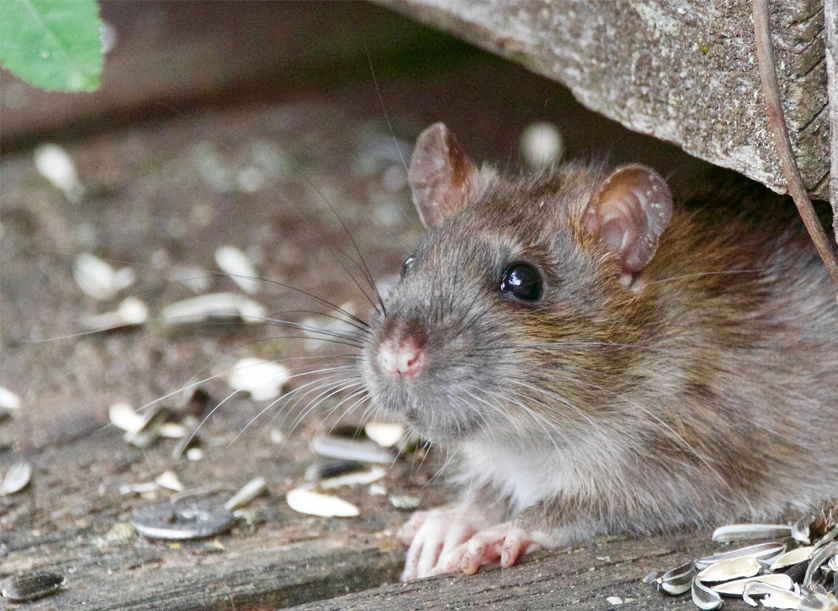
House Mouse
Mus domesticus
Appearance
- 2 3/4″ – 3 3/4″ in length, with a tail around the same length.
- 12 – 30g in weight.
- Their relatively small feet & head and large eyes & ears distinguish them from a young brown rat (Rattus norvegicus).
Lifecycle
- 4 – 16 young per litter; 7 – 8 litters a year.
- Gestation period of about 3 weeks.
- 8 – 12 weeks from birth to sexual maturity.
Habits
- Usually ground living and burrowing, but often climbs.
- Preferred food is cereals.
- Will eat around 3g of food a day and can survive without any additional water. They will drink up to 3ml a day if their diet is particularly dry.
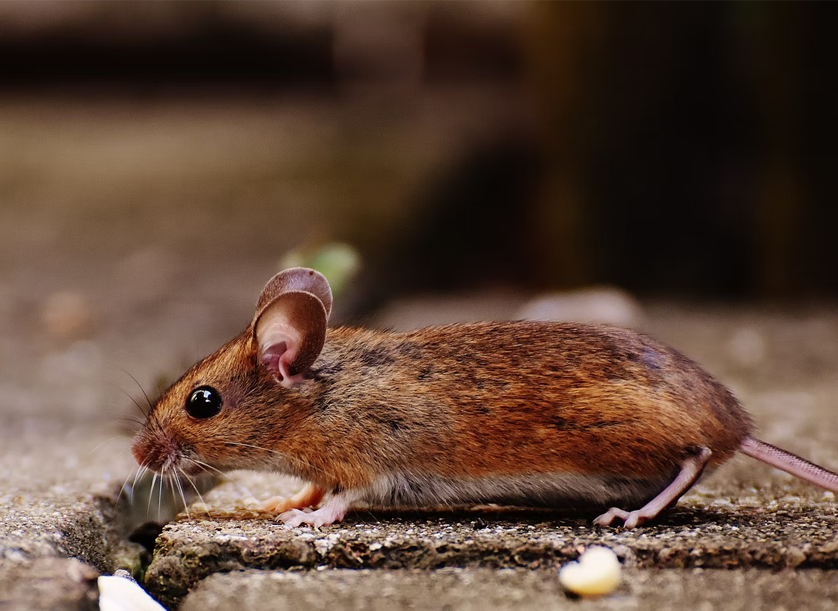
Norway Rat
Rattus norvegicus
Appearance
- Up to 15 3/4″ in length, with a tail shorter than the head and body.
- 350 – 500g in weight.
- Blunt nose, small ears and a thicker body when compared to the Black Rat (Rattus rattus).
Lifecycle
- 7 – 8 young per litter; 3 – 6 litters a year.
- Gestation period of about 3 weeks.
- 10 – 12 weeks from birth to sexual maturity.
Habits
- Usually ground living and burrowing, but sometimes climbs. The only species to occur in sewers in Australia.
- Preferred food is cereals.
- Will eat around 30g of food a day and drink 60ml
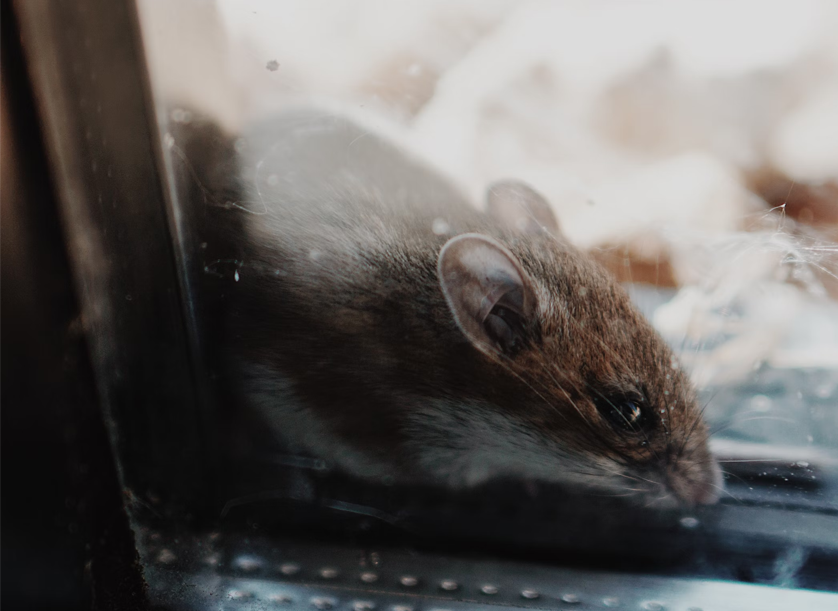
Roof Rat
Rattus rattus
Appearance
- 6 3/8″ – 9 7/16″ in length, with a tail longer than the head and body.
- 150 – 200g in weight.
- Pointed nose, large ears and a slender body when compared to the Brown Rat (Rattus norvegicus).
Lifecycle
- 5 – 10 young per litter; 3 – 6 litters a year.
- Gestation period of about 3 weeks.
- 12 – 16 weeks from birth to sexual maturity.
Habits
- Quite Rare. Appearance confined mainly to ports.
- Often climbs, agile, rarely burrowing and rarely outdoors in Australia.
- Preferred food is moist fruits.
- Will eat around 15g of food a day and drink 15ml.
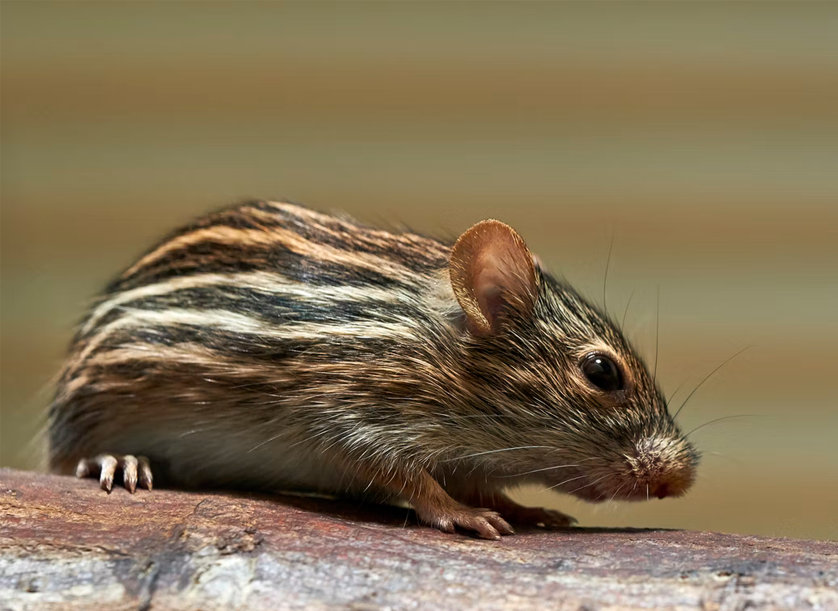
Field Mouse
Apodemus sylvaticus
Appearance
- Adults: Head and body 3 1/8″ – 4″ ; Tail 2 3/4″ – 3 1/2″ .
- Male can weigh 25g, and the female 20g.
- They have fur which is sandy / orange brown on the head and back, yellowish on the flanks and white on the belly. There is usually a small streak of yellow on the chest.
Lifecycle
- Their lifespan averages two to three months, but they can survive as much as 20 months in the wild, or two or more years in captivity.
- The breeding seasons are March/April to October/November and gestation lasts approximately 25 days. They grow their first fur after six days; their eyes open after 16; and they are weaned at around 18 days old.
- Survival of the young and adults is poor during the first half of the breeding season as adult males can be aggressive towards one another and to the young, who are then driven from the nest.
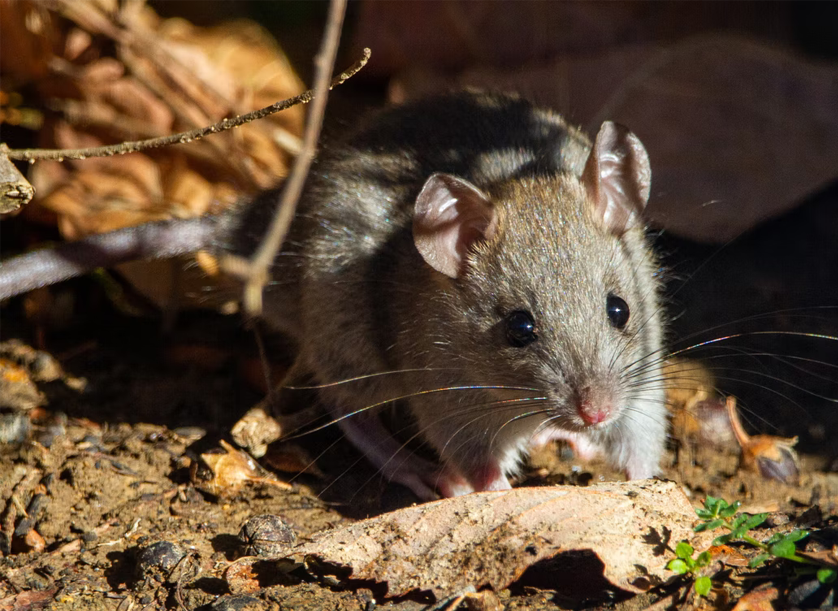
How Can I Tell I Have a Rodent Problem?
Rodent activity is seldom observed during daylight hours, hence it is important to recognize signs of infestation, such as;
- Droppings
- Urination stains
- Greasy smear marks – wear they rub against obstacles in their path
- Gnawings – rodents gnaw on a wide variety of materials to keep their teeth short, e.g. woodwork, soft metals, soap, food containers etc.
- Short circuiting – rodents gnaw at electrical wiring to shorten their teeth
- Sounds – bumping, gnawing, squeaking and fighting sounds may be heard in the evening
- Nests – may be found hidden, usually made of rags, paper, cardboard, straw etc.
- Excitement of pets – pets such as dogs may become very excited over the intrusion of rodents, sometimes barking and clawing at the part of the building where rodents are active
- Odour – the long-term presence of rodent infestation creates a distinct odour
- Food missing – rodents often carry away food to their nests
- Burrows – some rodents burrow in soil areas such as garden beds, vegetable patches or under concrete slabs.
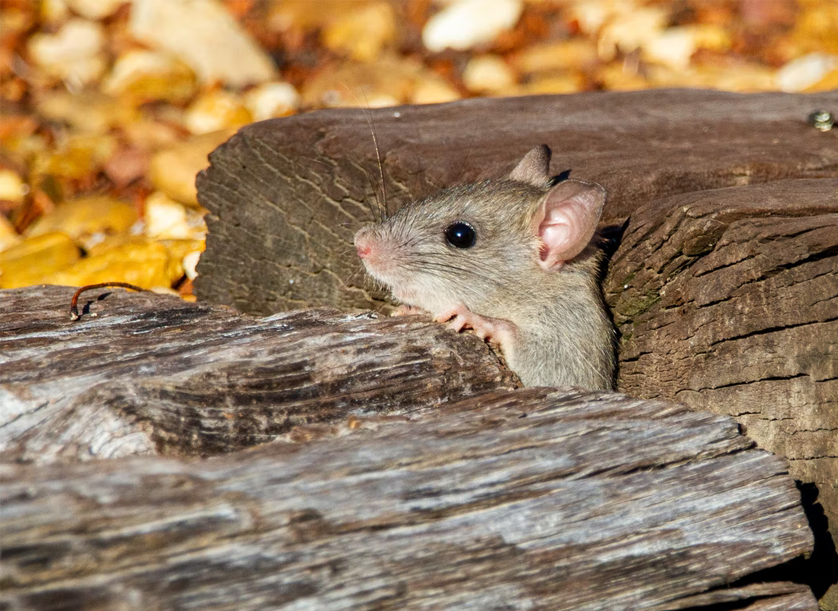
Where am I likely to find rodents in my home?
- Roof cavity
- Subfloor areas
- Garden areas
- Living areas
- Kitchen areas
- Garbage areas
- Outbuildings
- Behind electrical appliances or equipment
Why are rodents a problem?
- Spreading diseases
- Their fleas and lice can adversely affect pets and humans
- Contaminating food, food preparation areas and utensils, causing food poisoning
Creating foul odours - Chewing through electrical wiring which may result in fires
- Causing serious damage to buildings
- A large nuisance to everyone in your home and office!
What do I do if I have rodents in my home?
- Do not clean droppings, or disturb any nesting areas as the technician needs these signs to determine type of rodent and how best to eliminate it.
- Call the experts at PESTFREE ASAP!
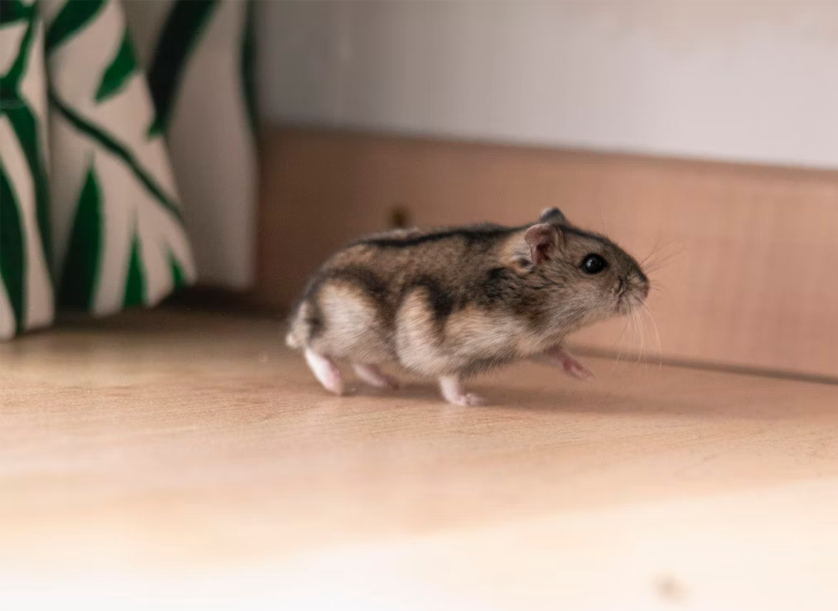
Rodent Eradication
At PESTFREE our technicians are highly trained in pest control eradication techniques. They will assess the individual needs of your property, identifying the particular species your premises are infested with and the extent of infestation in order to determine the best regime.
In general a rodent eradication treatment involves the following:
- Baiting of roof void
- Baiting of subfloor areas
- Baiting all internal or external areas of premises using cardboard and tamper proof bait stations as appropriate
- Application of liquid rodenticide
- Application of rodent wax blocks
- Application of rodent tracking powder
- Use of sticky boards / glue boards
- Use of a non-poisonous monitoring bait (this indicates presence of rodent infestation)
- Rodent traps
By using PESTFREE you can rest assured that all of our pest control and treatment methods are Environmentally Friendly and most of all effective. With over ten years experience we guarantee you will be satisfied with the results.
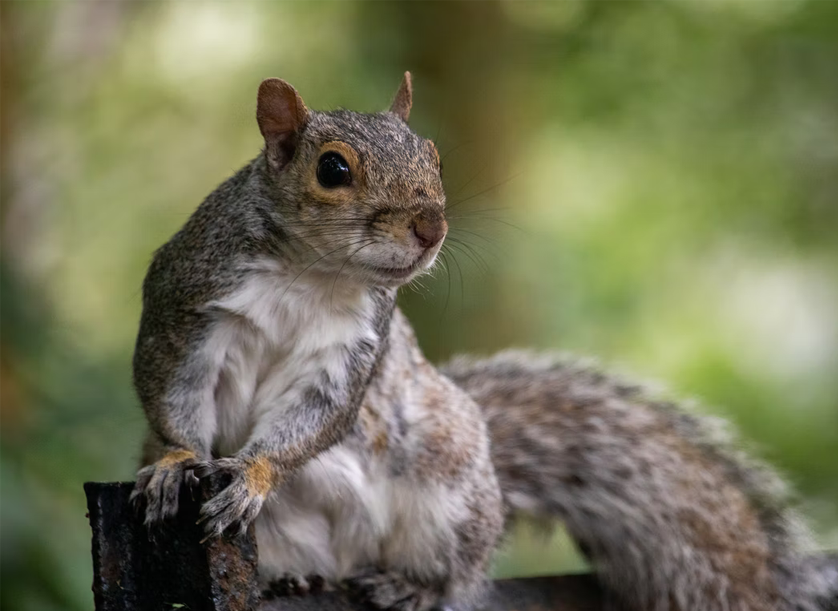
Call us and have a PESTFREE day!
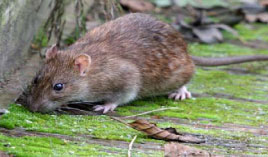
Norway Rat
Heavy-set with small close-set finely haired ears and a blunt nose. Its fur is coarse, red-brown with a tail that is shorter than its bodyand head. Their droppings are about 18mm and blunt.
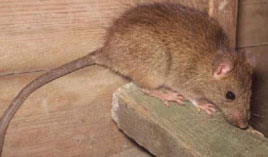
Roof Rat
Slender with large, prominent, almost hairless ears and a pointed nose. Its fur is fine, grey, black, brown, may be white beneath with a tail of uniform in colour and longer than their body and head.Their droppings are about 12mm and pointed.

House Mouse
Slender with fairly large, hairy ears and a pointed nose. Its fur is fine, brown to grey with a hairless tail that is as long as its body and head.Their droppings are about 3-4mm.
ERADICATION AND CONTROL OF RATS AND MICE IN AUSTRALIA
It is often the autumn that rats and mice begin to move into our homes, shops, offices and factories. Rodents seek warmth and shelter as the weather turns colder and fresh food supplies as food supplies are exhausted outdoors. It is always a good time of year to be thinking of preventing mouse and rat infestation.
Call PESTFREE and an expert will visit and give you a free quotation for proofing your building(s) against rodent entry and preparing to prevent an infestation of rats or mice, should they gain entry. You will be surprised how simple the proofing can be and it will save you the much greater expense of a full mouse and rat eradication, should an infestation occur. Call now, before you are feeding and housing these unwanted rodent guests.
Preparative Baiting
Rodenticide (rat and mouse poison) bait is placed at strategic, safe points, inside and outside, in order to reduce populations around buildings and to deal with individuals that enter, before an infestation can take hold.
Proofing
A mouse can squeeze beneath a door if there is a gap large enough to fit a pencil! Draft-excluding brush strips are an ideal method of proofing such gaps. However, there are almost always other possible entry points around any building. Gaps around pipework and cables. Broken vent covers. A thorough survey can identify these and suggest proofing options.
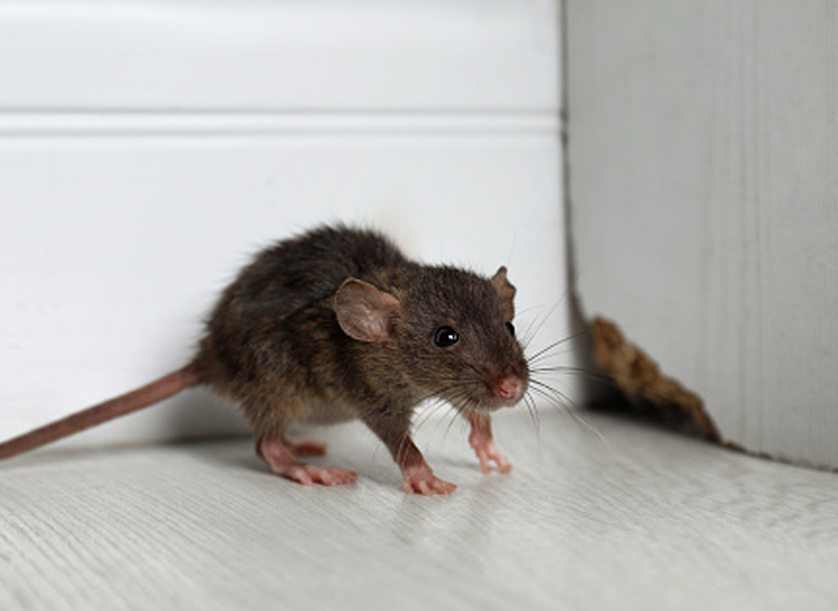
Housekeeping
In some situations, particularly where the use of rodenticide is restricted, it is useful to guage the level of activity of pests and other animals. Target Pest can carry out monitoring using non-toxic baits, traps and tracking tunnels.
Bait Stations and Bait Preparations
PESTFREE uses ‘tamper resistant’ rodent bait stations. These lockable bait stations are designed to prevent unauthorized access to the bait preparations, to stop bait spilling out or ‘crumbs’ being carried away by mice and rats, and to control access by Australian non-pest animals.
Pestfree’s bait preparations combine effective control of mice and rats with low toxicity to humans (S4). They are MAF category ’C‘ approved and registered.
Many commercial bait preparations available over the counter have bittering agents to deter non-target species. Unfortunately these agents cause bait shyness and reduced effectiveness. Because PESTFREE uses non-spill baits in lockable, tamper resistant bait stations our baits do not require bittering agents. Therefore, rodents will continue eating the bait for longer periods of time, ensuring more rapid and efficient control, breaking the rodent breeding cycle and being more cost effective.
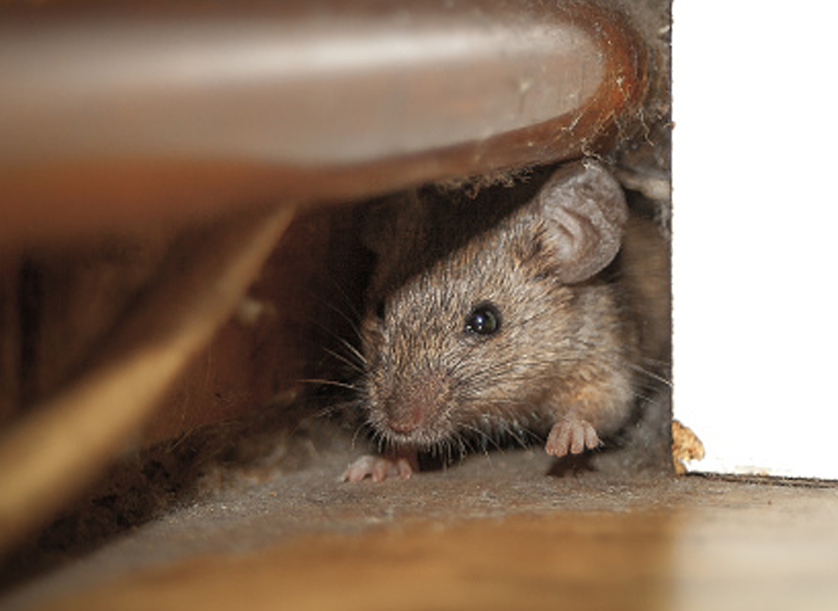
Mouse station
- Tamper Resistant
- Lockable
- Compliant for use in the public or food preparation areas
- Mouse and rat type stations
Rat (and mouse) station
- Non-spill
- Takes all bait types
- Tough durable plastic manufacture
- Suitable in damp areas
- Safe for pets and humans
Commercial Rodent Control ProgrammeRodent Control Programmes include:
- Tamper-proof rat and mouse bait stations placed/fixed in all suitable internal and external areas of premises.
- Internal and external stations monitored a minimum of eight (8) times a year.
- Rodenticide baits inspected and replaced on each visit.
- Monthly inspections and service over the winter and every two months in summer when mice and rat activity is less.
- Free call out.
In addition to the tamper proof interior and exterior bait stations:
- Block baits are fixed in ceiling and floor voids.
- Perimeter rodent stations may also be discretely placed to provide additional control of new rodents entering the area.
- Written and verbal reporting of all pest activity and other issues including recommendations for proofing, prevention and housekeeping.
